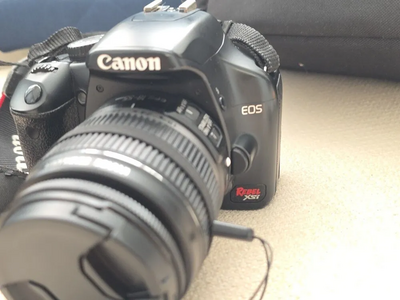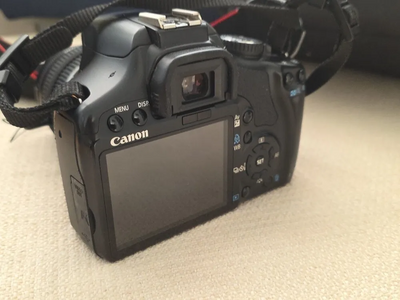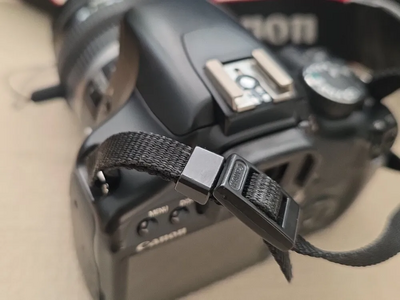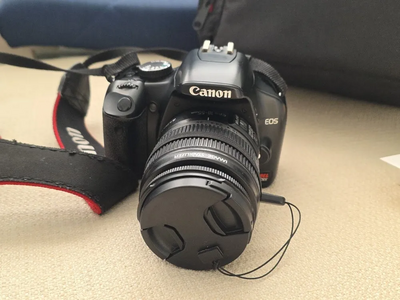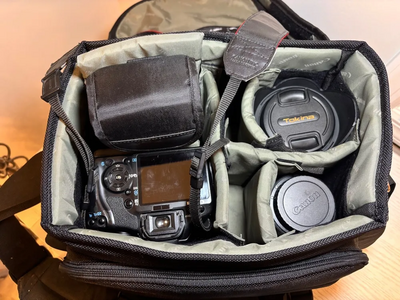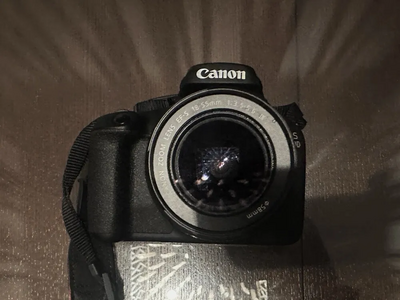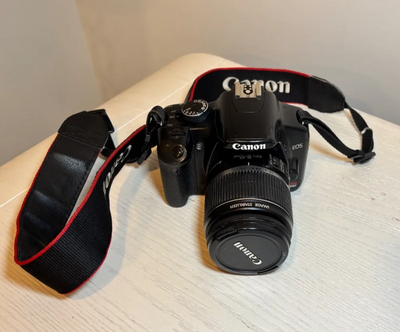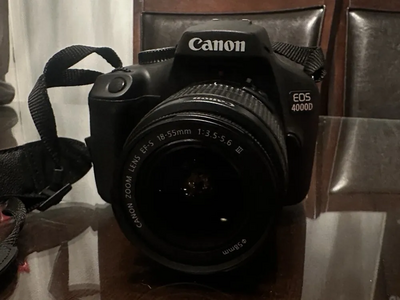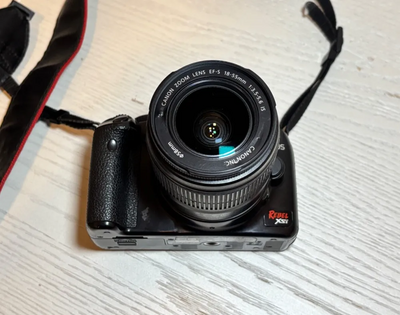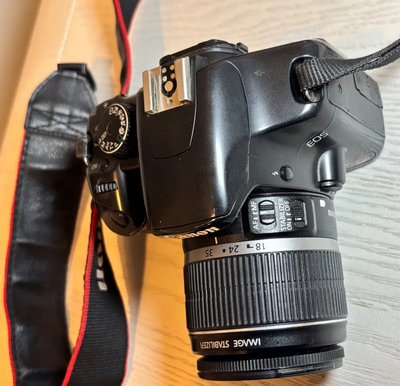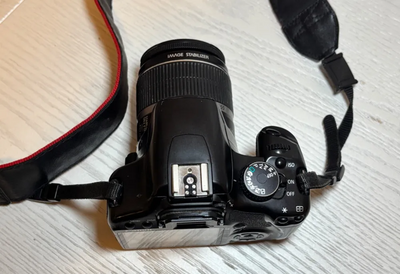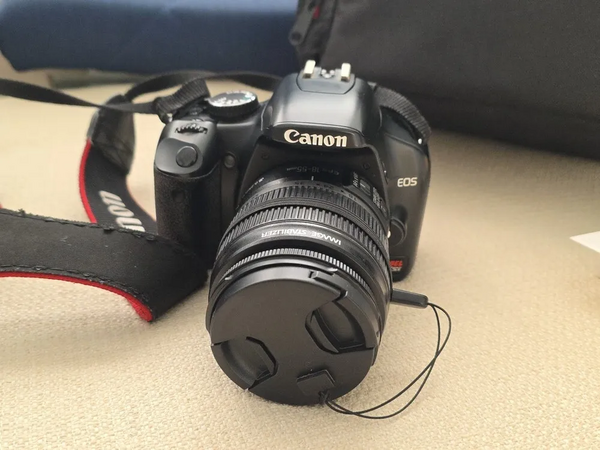
Canon EF-S Lens Series
| Brand | Canon 2003 |
| Model | EF-S |
| Released Year | 2003 |
| Type | DSLR Cameras |
| Series | EOS Rebel |
| Color | Black |
| Optical Zoom | 3x |
| Status | Active |
Quick view
Overview
The Canon EF-S lens series is a range of camera lenses designed primarily for Canon EOS Rebel cameras with APS-C sensor format. Introduced in 2003, these lenses provide a smaller image circle that matches the smaller sensor size, allowing for more compact and lightweight lens designs. The EF-S lenses are mechanically incompatible with full-frame Canon DSLRs but deliver excellent optical quality and autofocus performance on Rebel series bodies. These lenses utilize Canon’s EF mount with a modified rear element design for APS-C specific use. The series covers a wide range of focal lengths including wide-angle, standard, and telephoto options. They incorporate modern optical technologies like Ultra Low Dispersion elements and Image Stabilization for sharp, clear images.
Specifications
| Maximum Aperture | f/3.5 |
| Series |
|
| Type | Digital SLR |
| Screen Size | 3 in |
| Maximum Resolution | 12.2 MP |
| Color | Black |
| Model | EF-S |
| Connectivity | USB |
| Features |
|
| Country/Region of Manufacture | Japan |
| Battery Type | Lithium-Ion |
| UPC | does not apply |
| Optical Zoom | 3x |
Images
Key Advantages
The EF-S lens series offers exceptional compatibility and optimized performance with EOS Rebel cameras. Their compact size and lightweight construction enhance portability without sacrificing image quality. EF-S lenses are typically more affordable than their full-frame EF counterparts, making them accessible to amateur photographers. Advanced optical technologies such as Image Stabilization and low dispersion glass significantly improve image clarity. The specialized design reduces vignetting and distortion specific to APS-C sensors. These lenses provide versatility with a variety of focal lengths tailored to hobbyist and enthusiast photographers.
Limitations
EF-S lenses cannot be used on Canon full-frame DSLR cameras due to mechanical and optical compatibility issues. The reduced image circle limits their application to APS-C sensor bodies only. Some EF-S lenses may have slower maximum apertures compared to professional-grade EF lenses, affecting low-light performance. The specialized mount and design mean users upgrading to full-frame systems need to replace EF-S lenses. While generally high quality, EF-S lenses may lack the robust weather sealing seen in higher-end lenses. Autofocus performance on some EF-S models may be less advanced than in premium EF counterparts.
FAQ
What cameras are compatible with Canon EF-S lenses?
Canon EF-S lenses are compatible only with Canon DSLR cameras that have APS-C sized sensors, such as the EOS Rebel series. They cannot be used with full-frame Canon DSLRs.
Can I use EF-S lenses on a Canon full-frame camera?
No, EF-S lenses are designed for APS-C sensors and have a smaller image circle that does not cover full-frame sensors, so they are incompatible with full-frame Canon cameras.
What advantages do EF-S lenses offer?
EF-S lenses are more compact and lightweight, often more affordable, and optimized for APS-C sensors to deliver excellent image quality and performance on Canon Rebel cameras.
When was the Canon EF-S lens series introduced?
The Canon EF-S lens series was first introduced in 2003 to provide lenses suited specifically for APS-C sensor cameras.
Do EF-S lenses support image stabilization?
Many EF-S lenses include Canon’s Image Stabilization technology to reduce camera shake and improve sharpness in low-light and telephoto shooting.
Are EF-S lenses good for professional photography?
EF-S lenses are designed mainly for amateur and enthusiast photographers using APS-C cameras, and while offering good image quality, they may lack some features and robustness found in high-end professional EF lenses.
What does 'EF-S' stand for?
EF-S stands for 'Electro-Focus Short back focus' which refers to the lens mount design optimized for APS-C sensor cameras with a shorter flange distance.
Disclaimer
The content on is provided for general informational purposes only. We do not guarantee the accuracy, completeness, or reliability of any information, specifications, or visuals presented on the site.
is not responsible for any content, images, or data uploaded or shared by users. Users are solely responsible for the content they submit.
We may include links to third-party websites for convenience. We do not endorse or take responsibility for the content or policies of any external sites.
Use of the site is at your own risk. Always verify critical information independently before making decisions based on content from this website.

